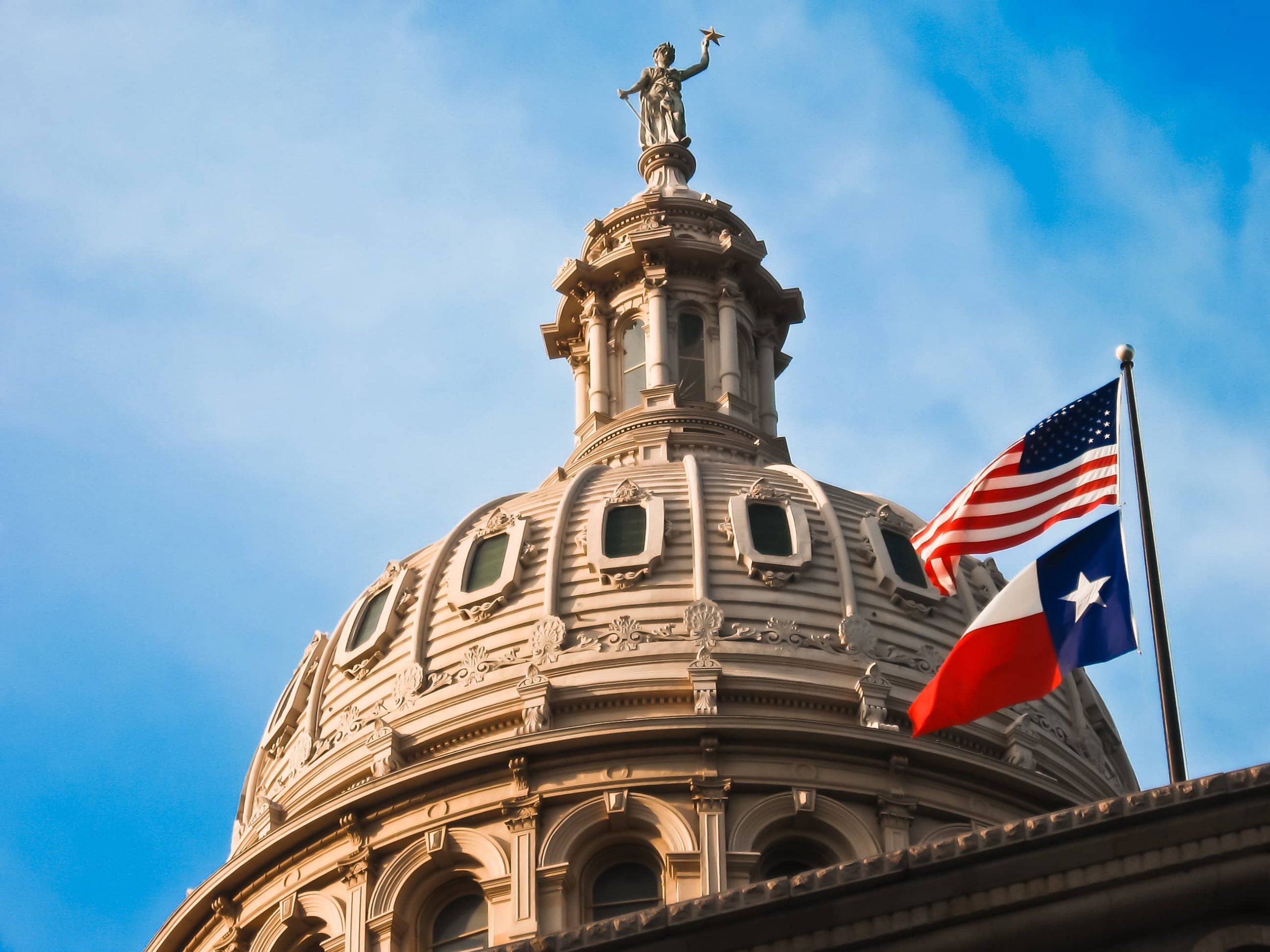I love it when states set big goals for themselves. In 2015, the Texas Higher Education Coordinating Board (THECB) established the 60x30TX plan.
THECB’s case for the plan was simple. The bulk of the jobs nationally that increased after the 2008 U.S. recession were jobs that required an associates’ degree or some college (3.1 M) or jobs with a bachelor’s degree or higher (8.4M). Jobs for individuals with a high school degree or less were essentially flat (80K) for the country in the 2010-2016 recovery period.
Texas’ economy is the 15th largest economy in the world. Texas wants to continue its level of economic prosperity and knows that it needs a more educated workforce in order to attract business and businesses.
The 60x30TX plan set four specific goals for the state. All are tracked annually.
Goal #1 – By 2030, at least 60 percent of Texans ages 25-34 will have earned a post-secondary certificate or a degree.
Goal #2 – By 2030, at least 550,000 students in that year will complete a certificate, associate’s, bachelor’s, or master’s from an institution of higher education in Texas.
Goal #3 – By 2030, all graduates from Texas public institutions of higher education will have completed programs with identified marketable skills.
Goal #4 – By 2030, undergraduate student loan debt will not exceed 60 percent of first-year wages for graduates of Texas public institutions.
For Goal #1, 60 percent of Texans completing, there are statewide benchmarks of 48 percent in 2020 and 54 percent in 2025.
For Goal #2, Total Annual Completions, there are statewide benchmarks of 376,000 in 2020 and 455,000 in 2025. There are regional targets as well as increases for targeted populations, specifically African American, Hispanic, Economically Disadvantaged, and Males. There are also targets for Texas public high school graduates enrolling directly into college after graduation from high school.
For Goal #3, Marketable Skills, there is a target for the percentage of Texas post-secondary completers who remain in the state and are employed or enrolled for additional education within one year. The benchmark for this goal is 80 percent for 2020, 2025, and 2030.
For Goal #4, Student Loan Debt, the benchmark of 60 percent of first-year wages was set for 2020, 2025, and 2030 and represents the 2012 average. There is also a goal for graduates with no debt which is that no more than half of all students who earn an undergraduate degree or certificate will have debt. Benchmarks of 50 percent were set for 2020, 2025, and 2030. For the most recent year, 2019, the percentage of Texas graduates with no debt equals 55.3%. Another goal in the student debt category focuses on decreasing the total semester credit hours (SCHs) to degree to reduce costs and debt. Statewide benchmarks are 12 excess SCHs in 2020, six excess SCHs in 2025, and three excess SCHs in 2030.
To help students move toward Goal #3, the THECB developed a Career Readiness handbook. I found the book to be well-designed and well-written with very useful facts and tips.
Another useful publication from the THECB is the annual almanac. The 2020 Almanac is available. I found the data on educational attainment for ages 25 to 34 very interesting when Texas compares itself to other states. Their 2030 goal of 60 percent, if achieved, would advance them substantially from 36th to nearly 1st if the other states ahead of them remain the same. The status of the other goals is tracked as well.
Completion data for the targeted populations indicate that Texas has a way to go to achieve those specific goals. Those 2030 goals are nearly double percentages In the initial benchmark year of 2015. The percentage of students without student loan debt is impressive at 56.7 percent. It’s even more notable when you look at the fact that net tuition and fees at state institutions have increased 66 percent since 2003 while state appropriations per FTE have decreased 26 percent over the same period.
In the five years that the strategic plan has been in place, the excess semester credit hours attempted have come down substantially in all categories.
There’s a plethora of data in the Almanac, and that’s great for accountability. There are data tables listing data for all public institutions as well as datasheets for each institution that provide a handy summary of all the collected stats. A reader can quickly identify the percentage of students at each institution who graduate, the average loan balance for each graduate with loans, what percentage of recent graduates are employed, and how much income each graduate earns on average among many other data points.
As I wrote at the beginning of this article, I love organizations that set ambitious goals. 60x30TX is a great plan, the Texas Higher Education Coordinating Board deserves kudos for the plan and for the transparency in reporting results. The THECB factually stated that the plan’s goals were created to benefit Texans economically because when Texans benefit economically, so does the state. The annual progress report for 60x30TX is usually issued in July. I look forward to seeing how well the state is tracking toward 2030 goals, particularly given the potential for the pandemic to negatively influence some of the academic and career progression stats.











